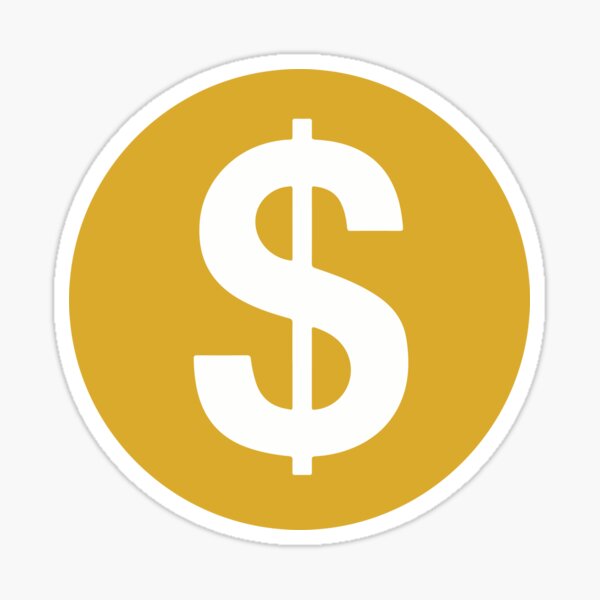The 2017 YouTube Ad-pocalypse was a significant event in the online video platform’s history, marked by a widespread controversy over advertisements appearing alongside controversial or extremist content. It began when major advertisers discovered that their ads were being displayed alongside videos promoting hate speech, terrorism, and other horrible content. This discovery prompted a mass exodus of advertisers from the platform, leading to a drastic reduction in revenue for many content creators who relied on ad revenue for their livelihood. This threatened a massive amount of jobs on the platform, but was ultimately a thorn in the side of a platform still going through some growing pains
YouTube faced intense scrutiny and criticism from advertisers, users, and media outlets alike for failing to effectively moderate and police its platform. Many advertisers pulled their ads from YouTube entirely, fearing association with harmful or inappropriate content. This created a domino effect, causing a significant decrease in ad revenue for content creators across the platform, regardless of the nature of their content. YouTube now monitors the content type and adjusts the CPM price depending on the theme of the video
In response to the Ad-pocalypse, YouTube implemented stricter content moderation policies and ad placement algorithms to prevent ads from appearing alongside inappropriate content. This included demonetizing videos that did not adhere to the platform’s guidelines and introducing more stringent criteria for monetization eligibility. While these measures were intended to restore advertisers’ trust and protect brands from negative associations, they also sparked large amounts backlash from some creators who felt unfairly penalized by the new policies.
The Ad-pocalypse had a profound impact on the YouTube community, leading to widespread discussion and debate about the platform’s responsibility to regulate content and support its creators. Many content creators diversified their revenue streams by seeking alternative sources of income, such as sponsorships, and merchandise sales, and creating more exclusive content on other platforms, like Patreon. Some also voiced concerns about YouTube’s evolving role as a gatekeeper of online speech and its potential to stifle creative expression and diversity of viewpoints.
Despite the initial upheaval caused by the Ad-pocalypse, YouTube ultimately emerged from the crisis with lessons learned and a renewed commitment to balancing the interests of advertisers, creators, and users. The incident highlighted the growing importance of responsible content moderation and brand safety in the digital advertising ecosystem, prompting YouTube and other online platforms to continuously refine their policies and practices to maintain a safe and profitable environment for all stakeholders.

Leave a Reply